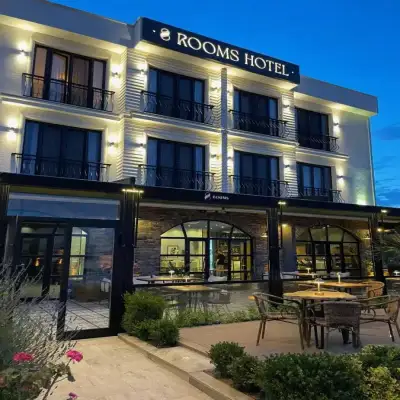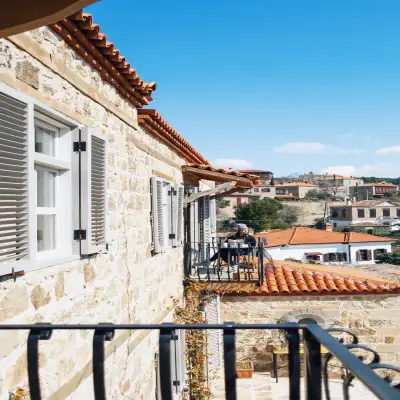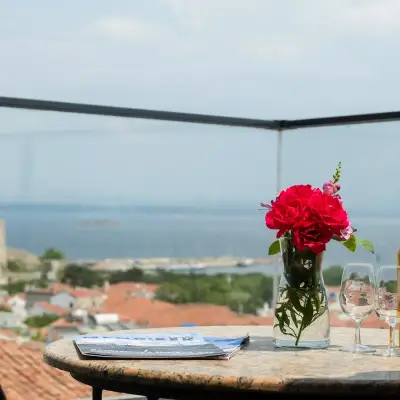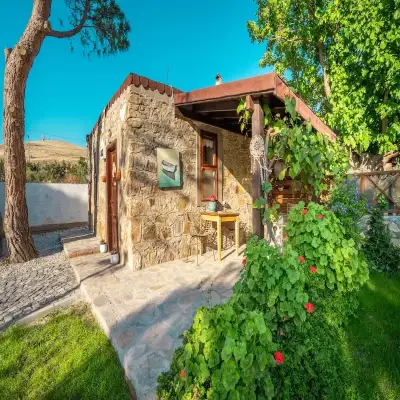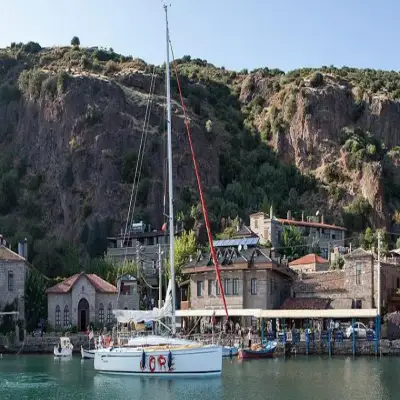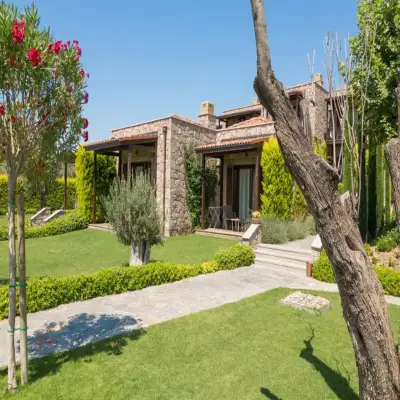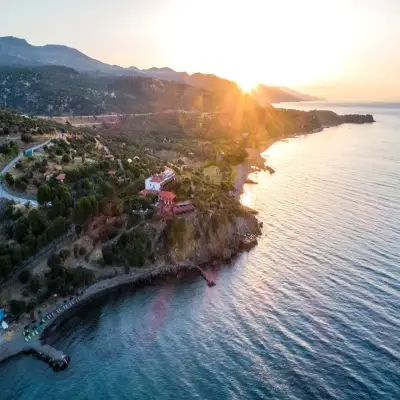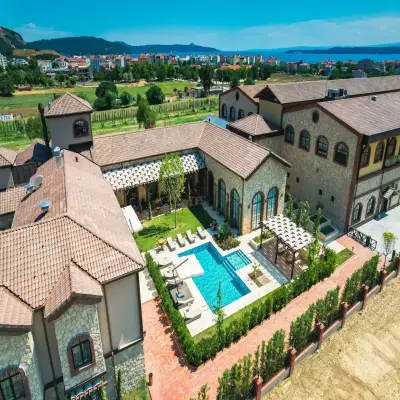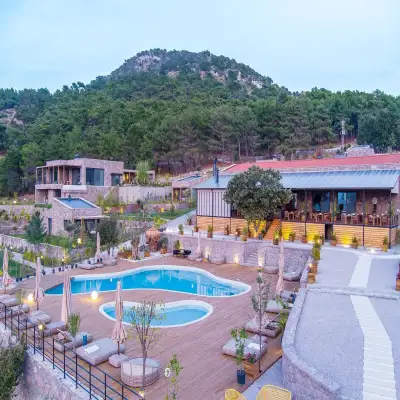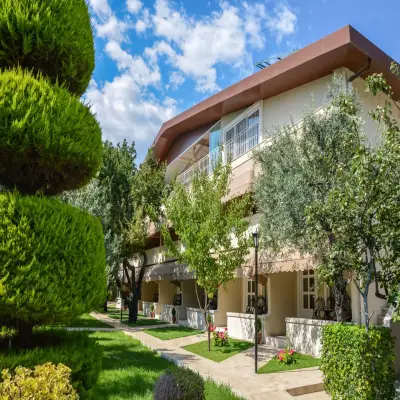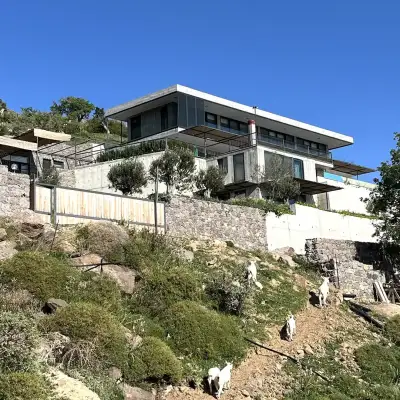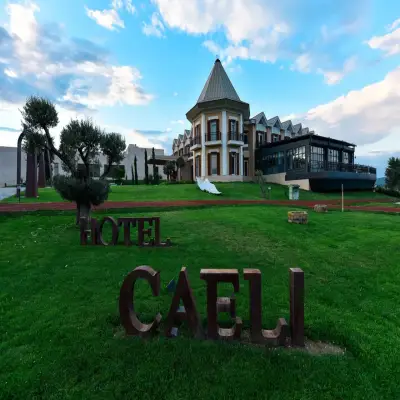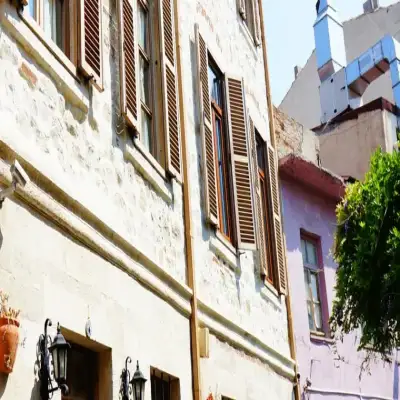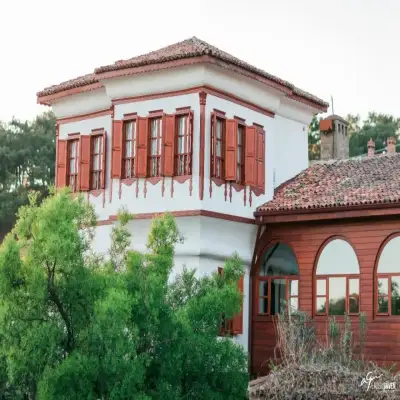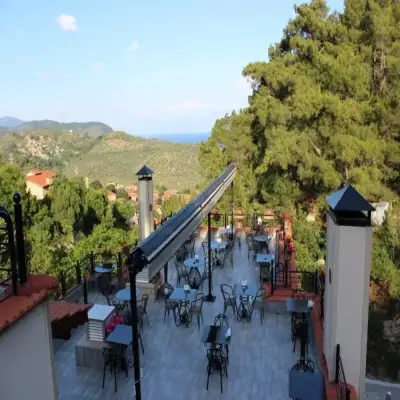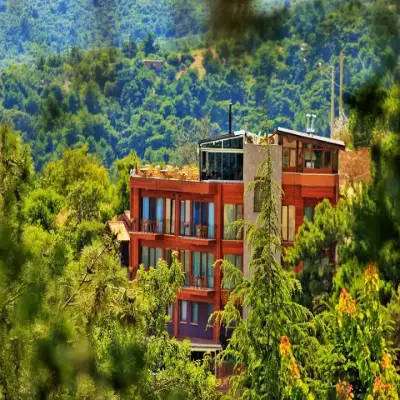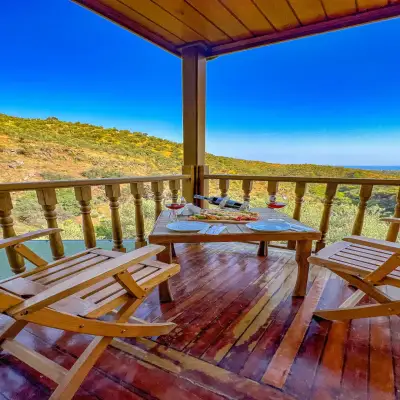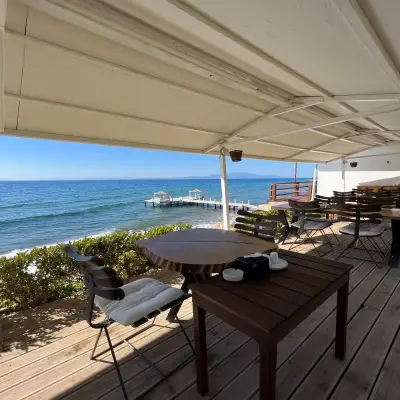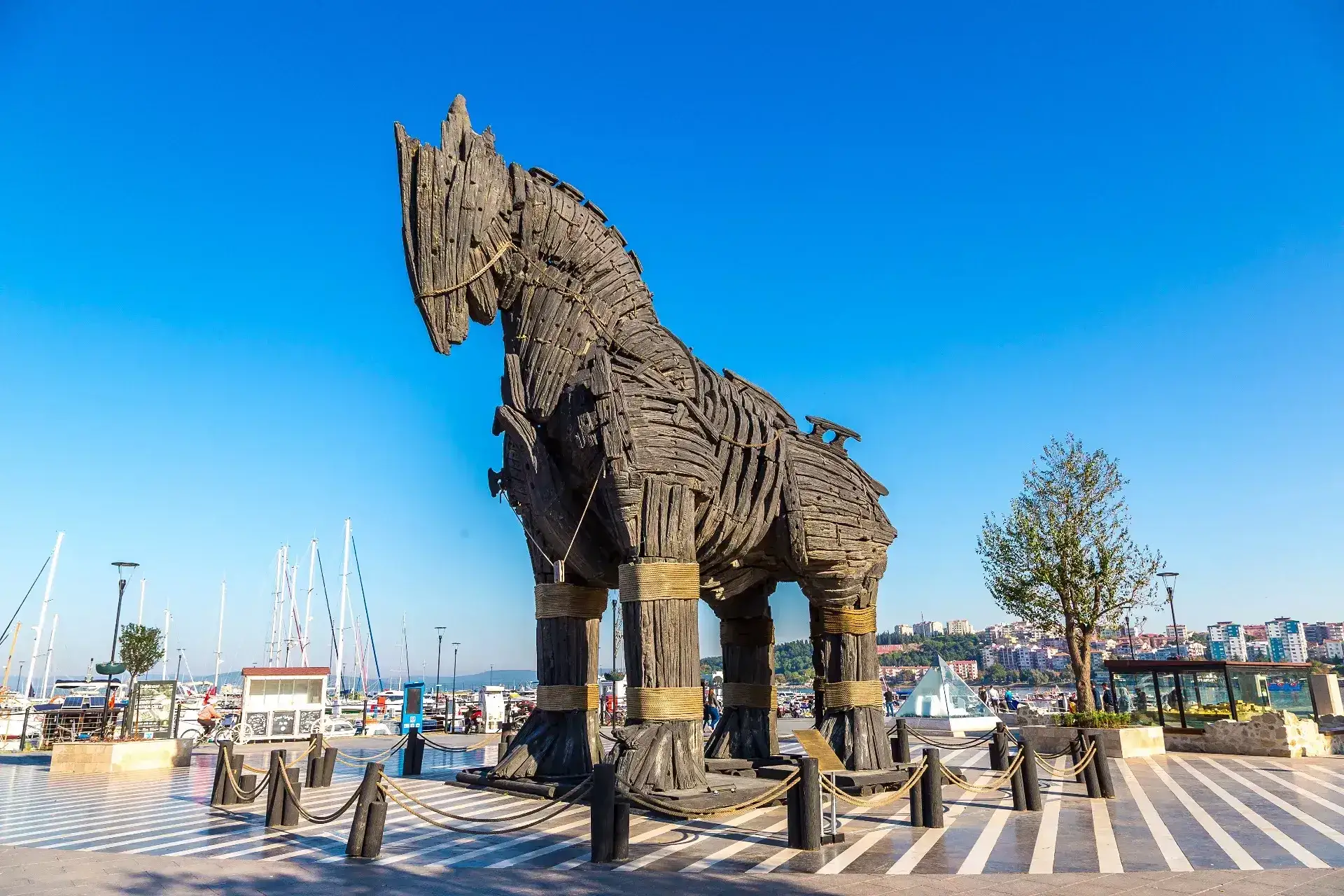
Canakkale Guide
Çanakkale: A city that connects Europe and Asia with its coastlines, linking the Marmara and Aegean Seas, and a place that witnessed a historic saga during World War I, with some of the bloodiest battles of the Gallipoli Campaign. The city is home to numerous martyrs’ cemeteries, memorials, and graves on the Gallipoli Peninsula, as well as historical sites such as Troy and Assos, which are centers of ancient civilizations. Today, the city holds a significant place in both domestic and international tourism, and is famous for the iconic phrase “Çanakkale Geçilmez” (Çanakkale is impassable) by Mustafa Kemal, marking an important moment in world history.
Çanakkale is a city worth visiting with its crystal-clear sea, historical heritage, lands soaked with many legends and bloodshed, hills with numerous graves of martyrs, monuments, nature, culture, and many more features.
Beyond its recent history, Çanakkale’s settlements have roots that go far back in time. The city has hosted many ancient civilizations since before Christ, and it was the site of the epic Trojan War. In ancient times, it was known as Dardanelles. Today, you can still see the remnants of the ancient city of Troy, which was founded on this land. Later, it was home to several states, including the Roman, Byzantine, Karesioğlu Beylik, and Ottoman Empire.
Today, Çanakkale also includes many touristic districts such as Bozcaada, Gökçeada, Geyikli, and Eceabat. A city with high tourism potential throughout the year, Çanakkale attracts thousands of domestic and foreign tourists every season, whether for its history or vacation tourism.
Check out our website for the best Çanakkale Hotels.


